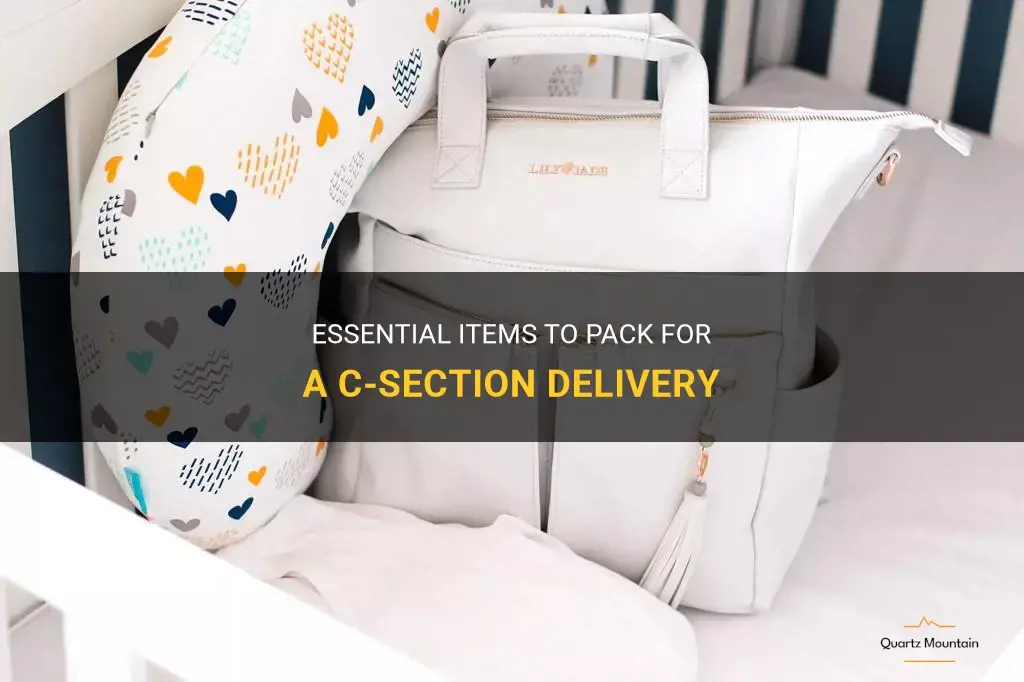
Preparing for a cesarean section delivery can be a nerve-wracking experience, as there are many unknowns and unexpected twists that can arise during the procedure. However, one thing you can control is what you pack in your hospital bag. While the list of essential items may differ for each individual, there are a few key items that every expectant mother should consider bringing to make her c-section experience as comfortable and stress-free as possible.
| Characteristic | Value |
|---|---|
| Clothing | Loose and comfortable |
| Toiletries | Toothbrush, toothpaste, shampoo, soap, deodorant |
| Maternity Pads | 5-10 |
| Underwear | High-waisted, large and comfortable |
| Comfortable shoes | Slip-on shoes |
| Baby supplies | Diapers, wipes, clothing, blankets |
| Entertainment | Books, magazines, music, movies |
| Snacks | Non-perishable and easy to eat |
| Medications | Prescribed medications, pain relievers |
| Important documents | ID, insurance information, birth plan |
| Nursing supplies | Nursing bras, breast pads |
| Postpartum care items | Belly binder, hemorrhoid cream, nipple cream |
| Electronics | Phone, charger, camera |
| Miscellaneous | Pillow, blanket, reusable water bottle |
What You'll Learn
- What are the essential items to pack for a c-section delivery?
- Are there any specific clothing items or accessories that are recommended for a c-section recovery?
- Should I pack extra supplies for wound care, such as dressings or ointments?
- Are there any comfort items or tools that can help during the recovery period, such as a breastfeeding pillow or a heating pad?
- Are there any specific items or essentials that I should pack for my baby's care during the hospital stay after a c-section?

What are the essential items to pack for a c-section delivery?
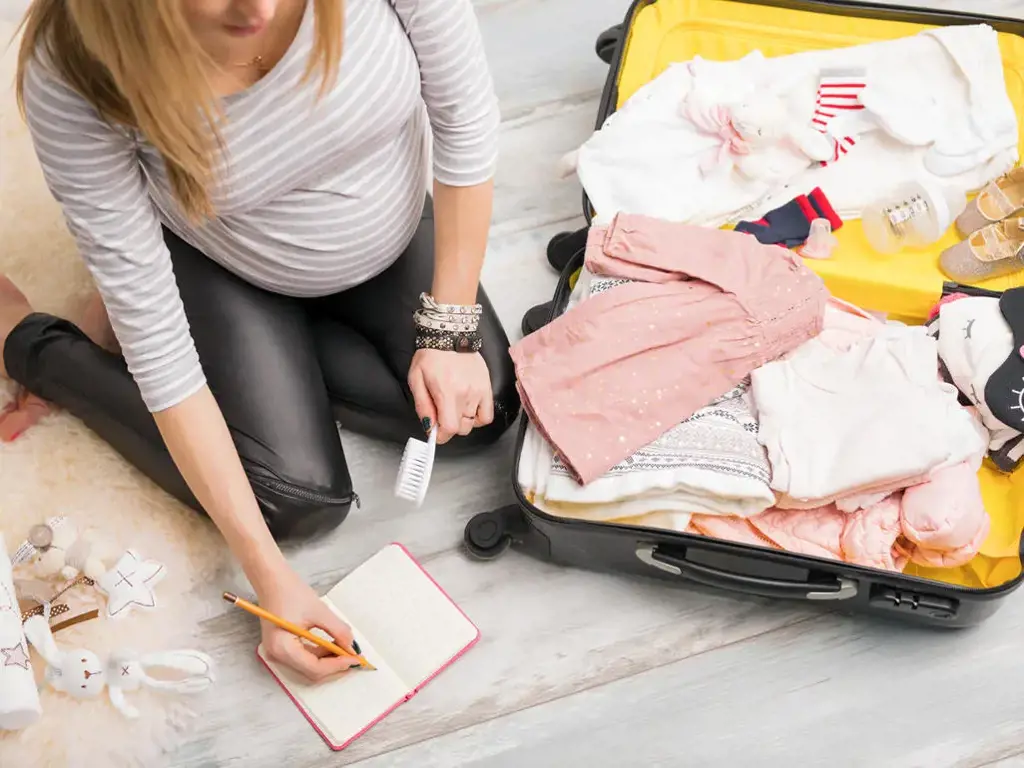
A c-section or cesarean delivery is a surgical procedure that involves delivering a baby through an incision in the mother's abdomen and uterus. It is commonly recommended for various reasons, such as a breech presentation, multiple pregnancies, or certain medical conditions. If you are scheduled for a c-section delivery, it is important to be prepared and pack the necessary items. Here are some essential things to have on hand:
- Comfortable Clothing: After the surgery, you will be required to stay in the hospital for a few days. Pack loose-fitting, comfortable clothing like maternity pajamas or nightgowns that won't rub against your incision. Opt for breathable fabrics like cotton to help your body regulate its temperature.
- Personal Care Products: Don't forget to bring your toiletries, such as toothpaste, toothbrush, shampoo, conditioner, and soap. While the hospital may provide some basic items, having your preferred products can make you feel more comfortable in a potentially unfamiliar setting.
- Postpartum Essentials: After a c-section, you will experience postpartum bleeding, so pack some heavy-duty, absorbent pads. You may also want to bring nursing bras or comfortable underwear designed to accommodate maternity pads. Don't forget nursing pads if you plan to breastfeed.
- Medications: If you are taking any medications regularly, consult with your healthcare provider and pack enough for your hospital stay. This includes any pain relievers or supplements that you may need post-surgery. Remember to check with your doctor if you should continue taking these medications throughout your recovery.
- Entertainment: While recovering in the hospital, you may have some downtime. Pack some books, magazines, or an e-reader to keep yourself occupied. Some hospitals also have Wi-Fi, so bringing a tablet or your smartphone can come in handy for browsing the internet or staying connected with your loved ones.
- Snacks: The hospital will provide you with meals, but having some of your favorite snacks on hand can be comforting, especially if you have dietary restrictions or preferences. Pack some healthy snacks like granola bars, nuts, or dried fruit to munch on during your stay.
- Comfort Items: Bringing items from home that make you feel cozy and comfortable can help create a positive environment. This could include your own pillow, blanket, or even a small portable fan to help regulate the room temperature.
- Baby Essentials: Don't forget to pack essentials for your newborn as well. Pack a few changes of clothes, diapers, wipes, and blankets. You may also want to bring a going-home outfit for your baby.
Remember to check with your hospital or healthcare provider for any specific recommendations or restrictions. It is always better to be over-prepared than under-prepared. By packing these essential items, you can ensure a more comfortable recovery after your c-section delivery.
Essential Packing Tips for Your Next School Trip
You may want to see also

Are there any specific clothing items or accessories that are recommended for a c-section recovery?
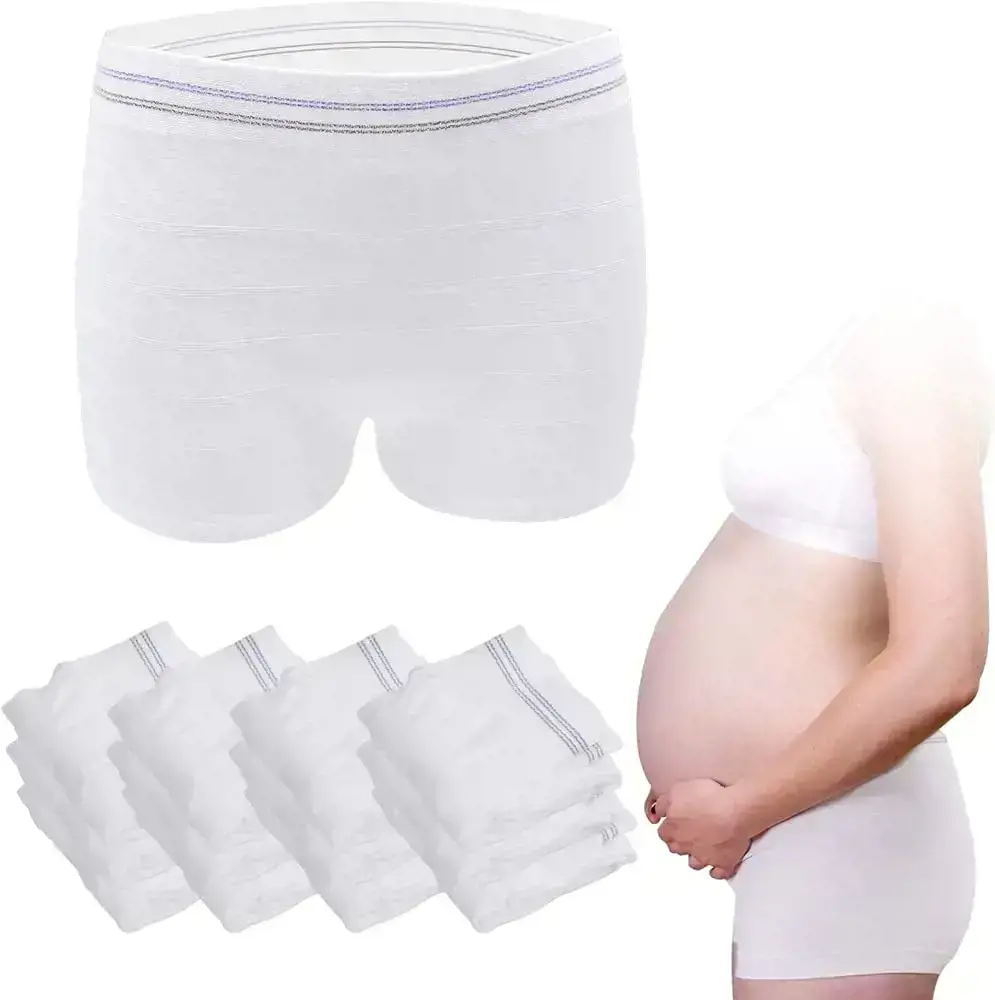
When it comes to recovering from a c-section, it's important to take care of your body and ensure a smooth healing process. One aspect that can greatly aid in your recovery is wearing the right clothing items and accessories. While there may not be specific garments designed solely for c-section recovery, there are certain types of clothing that can make the healing process more comfortable and convenient.
- Loose-fitting clothing: Opting for loose-fitting clothing is essential in the initial days after your c-section. Loose clothing helps minimize irritation and allows for better air circulation around the incision site, promoting faster healing and reducing the risk of infection. Loose-fitting dresses, skirts, or pants with elastic waistbands can provide the necessary comfort and flexibility.
- High-waisted underwear: After a c-section, low-rise underwear or panties with tight elastic bands can be uncomfortable and irritate the incision site. It is advisable to invest in high-waisted underwear made of soft, breathable materials that do not put pressure on the incision. These can help ease discomfort and provide gentle support to the abdominal area.
- Supportive abdominal binder or belly band: A supportive abdominal binder or belly band can be beneficial during the initial stages of c-section recovery. These products provide gentle compression and support to the abdominal muscles and incision site, promoting healing and reducing discomfort. Look for binders or bands specifically designed for c-section recovery, as they are often adjustable and made with breathable materials for maximum comfort.
- Postpartum compression leggings: Compression leggings are designed to provide support to the lower back, abdomen, and pelvic area. These leggings can aid in reducing swelling, improving circulation, and providing a gentle compression that can enhance your comfort during the recovery process. Look for leggings made with soft, stretchy, and breathable fabric that won't irritate the incision site.
- Nursing-friendly tops: If you plan to breastfeed after your c-section, investing in nursing-friendly tops can make the process easier and more comfortable. Look for tops with discreet access points specifically designed for breastfeeding, such as buttons or hidden zippers. These tops can provide easy access to nurse your baby while still ensuring your comfort and privacy.
In addition to these specific clothing items, it is important to prioritize comfort and wear clothing made of soft, breathable, and non-irritating fabrics. Avoid tight or restrictive clothing that can put pressure on the incision site and impede the healing process.
Remember, every woman's body is different, and your c-section recovery may vary. It is always best to consult with your healthcare provider for personalized recommendations regarding clothing and accessories that will best support your individual recovery journey.
In conclusion, while there may not be any clothing items or accessories specifically designed for c-section recovery, there are certain types of clothing that can promote comfort and aid in the healing process. Opting for loose-fitting clothing, high-waisted underwear, supportive abdominal binders or belly bands, postpartum compression leggings, and nursing-friendly tops can all contribute to a smoother and more comfortable recovery after a c-section.
Essential Packing Guide for Costa Rica's Rainy Season
You may want to see also

Should I pack extra supplies for wound care, such as dressings or ointments?
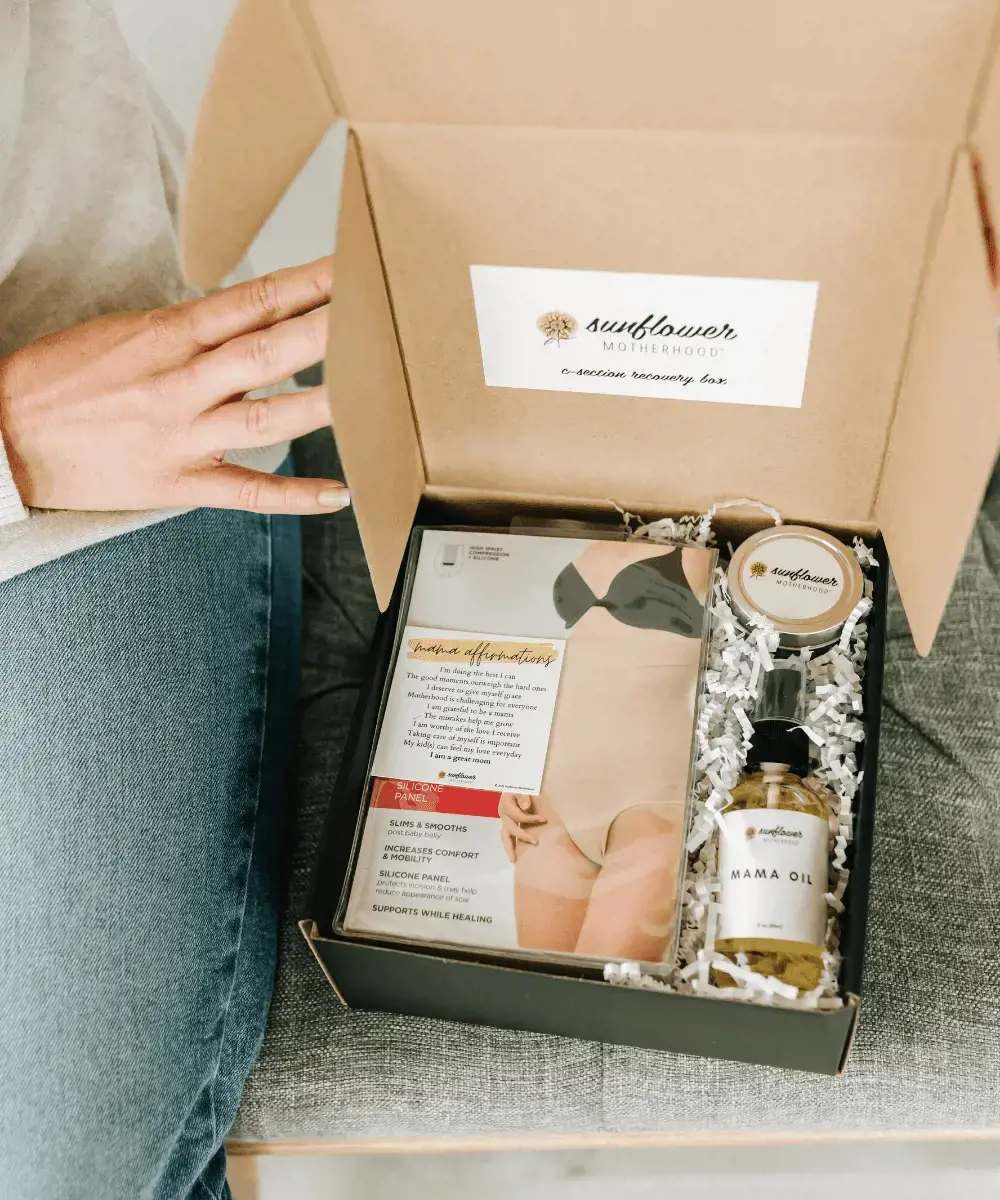
When it comes to packing for a camping trip or outdoor adventure, it's always a good idea to be prepared for any situation. This includes being equipped with the necessary supplies for wound care. While it's impossible to predict when and where an injury may occur, having extra dressings and ointments on hand can make a significant difference in how effectively you can treat a wound.
First and foremost, it's essential to understand the importance of proper wound care. In an outdoor setting, where medical assistance may be limited or inaccessible, keeping a wound clean and protected is crucial to prevent infections and promote healing. By packing extra supplies, you're ensuring that you have enough materials to properly dress and care for any injuries that may arise.
When it comes to the types of supplies you should pack, a well-stocked first aid kit is a great place to start. This should include a variety of dressings such as sterile gauze pads, adhesive bandages, and adhesive tape. Additionally, having a supply of antiseptic wipes or solution is important for cleaning the wound before applying any dressings. These items can easily be purchased at your local pharmacy or outdoor adventure store.
In addition to dressings, it's also beneficial to pack extra ointments or creams that can aid in wound healing. Antibiotic ointments, such as Bacitracin or Neosporin, can help prevent infection and promote healing. Furthermore, having a supply of hydrocortisone cream on hand can provide relief from itching and irritation that commonly accompany wounds.
To ensure you're properly prepared, it's a good idea to familiarize yourself with basic wound care techniques before heading out on your adventure. This includes knowing how to clean a wound, apply dressings, and change them as needed. Understanding these steps will allow you to confidently handle any injuries that may occur while in the great outdoors.
It's also worth noting that packing extra wound care supplies isn't just beneficial for your own injuries. It's common for fellow adventurers or fellow campers to experience injuries as well. By having extra supplies, you can be a valuable resource and assist others in need.
Overall, packing extra supplies for wound care is a wise decision when venturing into the outdoors. The small amount of space these items take up in your backpack is well worth the peace of mind they provide. Whether it's a small cut or a larger abrasion, having the necessary materials to properly care for a wound can make all the difference in the healing process. So don't forget to pack those extra dressings and ointments – you'll be thankful you did if the need arises.
Finding the Perfect Size Dildo for Packing: A Complete Guide
You may want to see also

Are there any comfort items or tools that can help during the recovery period, such as a breastfeeding pillow or a heating pad?
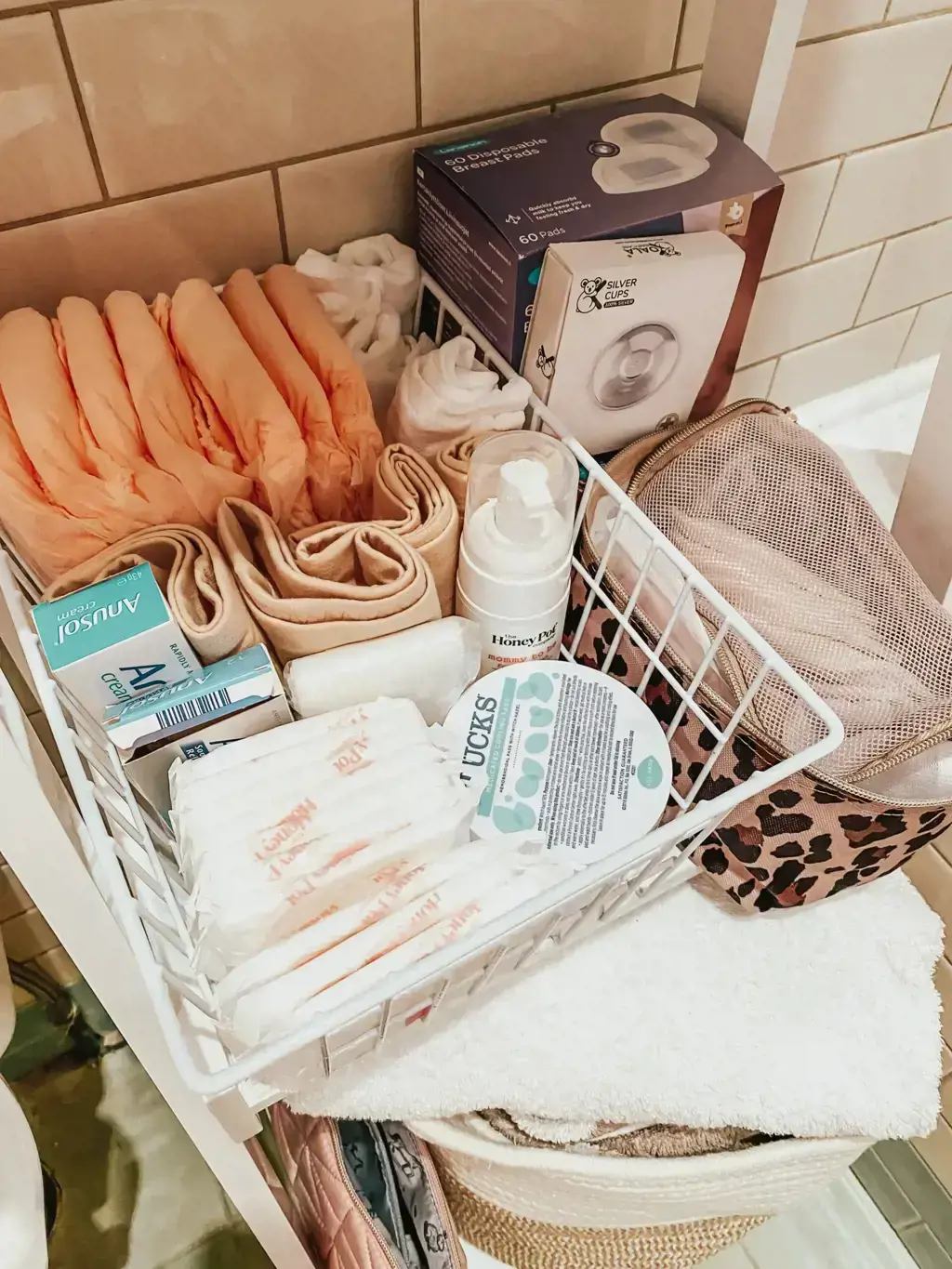
During the recovery period after birth, there are several comfort items and tools that can help make the process easier and more comfortable. These can range from breastfeeding pillows to heating pads and are designed to provide support and relief during this time.
One of the most commonly recommended comfort items for new mothers is a breastfeeding pillow. These pillows are designed to provide support for both the baby and the mother during breastfeeding. They help to position the baby in a way that makes feeding more comfortable and can also help prevent back and neck pain for the mother. The pillow raises the baby to the correct height, reducing strain on the arms and shoulders, and allows for a more relaxed and comfortable feeding experience.
Another comfort item that can be helpful during the recovery period is a heating pad. Many women experience postpartum cramping, which can be quite painful. A heating pad can provide relief by relaxing the muscles and increasing blood flow to the area. It can also be used to provide warmth and comfort during breastfeeding or any other time when a little extra comfort is needed.
In addition to these comfort items, there are also several tools and aids that can be helpful during the recovery period. For example, a peri bottle, also known as a squirt bottle, can be used to clean the perineal area after childbirth. This can help with hygiene and provide relief from any discomfort or pain in that area. Another useful tool is a sitz bath, which is a shallow basin that can be filled with warm water and used to soak the perineal area. This can help to promote healing and provide relief from any pain or discomfort.
Some women also find that using a donut cushion or a specially designed postpartum pillow can provide relief if they have had an episiotomy or experienced any tearing during childbirth. These cushions are designed to take pressure off the perineal area when sitting, helping to alleviate pain and promote healing.
In addition to these physical comfort items and tools, it's important to remember the importance of emotional support during the recovery period. This can come in the form of family and friends providing assistance with household tasks, offering a listening ear, or just being there to provide comfort and support. Emotional support can make a big difference in how a woman feels during her recovery and can help to reduce stress and promote overall well-being.
In conclusion, there are several comfort items and tools that can be helpful during the recovery period after childbirth. Breastfeeding pillows, heating pads, peri bottles, sitz baths, and donut cushions can all provide relief and support during this time. Additionally, emotional support from loved ones can help create a positive and comforting environment during the recovery period. It's important for new mothers to find what works best for them and to seek out the support and comfort they need during this time.
Essential Items to Include in Your Day Trip Bouldering Pack
You may want to see also

Are there any specific items or essentials that I should pack for my baby's care during the hospital stay after a c-section?

If you're preparing for a scheduled c-section, it's important to pack a few essentials for your baby's care during the hospital stay. While the hospital will provide many of the necessary items, having your own supplies can make you feel more comfortable and prepared. Here are some specific items that you may want to consider packing:
- Diapers and wipes: The hospital will likely provide diapers and wipes for your baby, but having your own on hand can make diaper changes more convenient. Pack a few diapers and a small pack of wipes to ensure you have what you need.
- Swaddling blankets: Swaddling blankets are essential for newborns as they help them feel secure and can aid in sleep. The hospital will likely have blankets available, but having your own can provide a familiar and comforting touch for your baby.
- Clothing: While your baby will spend most of their time at the hospital in a hospital-provided gown or swaddle, it's still a good idea to pack a few outfits for going home. Choose comfortable and easy-to-dress items such as onesies or footed pajamas.
- Nursing supplies: If you plan on breastfeeding, it's a good idea to pack some nursing supplies. This can include nipple cream, breast pads, nursing bras, and a nursing pillow. These items can help make your breastfeeding journey more comfortable and successful.
- Pacifiers: If you plan on using pacifiers, pack a few in your hospital bag. This can help soothe your baby and provide comfort during their hospital stay.
- A small blanket or lovey: Having a small blanket or lovey that smells like you can provide comfort to your baby during their hospital stay. This familiar scent can help them feel secure and calm.
- Baby toiletries: While the hospital will provide basic toiletries for your baby, you may want to bring your own. This can include baby wash, lotion, and a brush or comb to care for your baby's hair.
- Car seat: One of the most important items to pack is a car seat. This is essential for safely transporting your baby home from the hospital. Make sure to install it correctly and have it inspected by a certified technician before your baby's arrival.
It's important to note that hospitals have different policies and may provide some of these items. It's a good idea to check with your healthcare provider or hospital to confirm what they recommend you bring for your baby's care during the hospital stay. Additionally, remember to pack any personal items you may need, such as your own toiletries, comfortable clothing, and items to help you relax during your stay.
Preparing for your baby's arrival and the hospital stay after a c-section can feel overwhelming, but packing a few key items can help ensure your baby's comfort and your peace of mind. By being prepared, you can focus on recovery and bonding with your new little one during this special time.
Essential Food Options for a 3-Day Getaway
You may want to see also
Frequently asked questions
When packing your hospital bag for a c-section, it's important to pack essentials that will help make your recovery more comfortable. This includes loose, comfortable clothing such as loose-fitting pajamas or sweatpants. You should also pack underwear that is high-waisted and comfortable, as well as nursing bras if you plan on breastfeeding. It's also a good idea to bring toiletries such as toothbrush, toothpaste, and shampoo, as well as any medication you may need.
It's a good idea to pack items for your partner or support person as well. They may want to bring extra clothing and toiletries for themselves, as well as some entertainment such as books or movies to help pass the time during your hospital stay. They should also pack any necessary chargers for their devices, as well as snacks and drinks to keep themselves fueled and hydrated during the labor and recovery process.
When packing for a c-section, it's important to remember to bring items for the baby as well. This includes a going-home outfit for the baby, blankets, diapers, and wipes. You may also want to bring a pacifier and any other comfort items you think your baby may need. It's always a good idea to check with your hospital beforehand to see if they provide any specific items for the baby, as this can vary from hospital to hospital.
There are a few items that can help make your recovery from a c-section a bit smoother. This includes a comfortable pillow for added support, as well as a nursing pillow if you plan on breastfeeding. You may also want to pack some lanolin cream or nursing pads to help with any breastfeeding discomfort. Additionally, some women find that having a belly binder or abdominal support band can provide some relief and additional support during the healing process.







